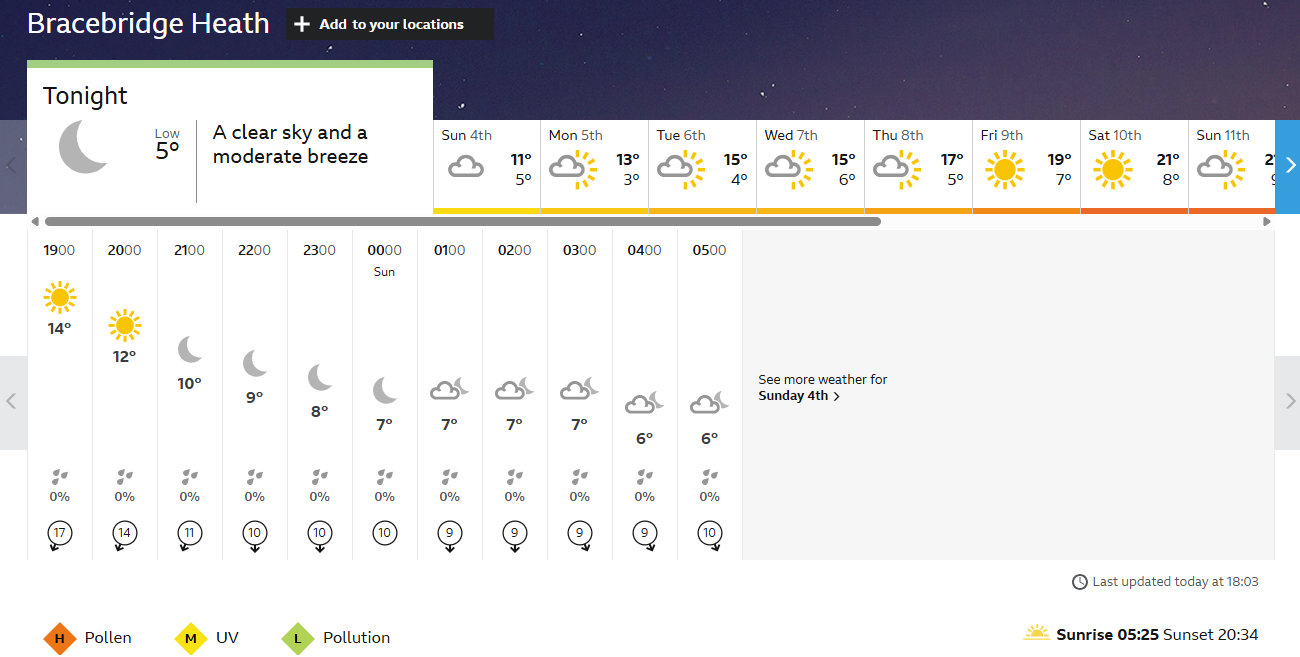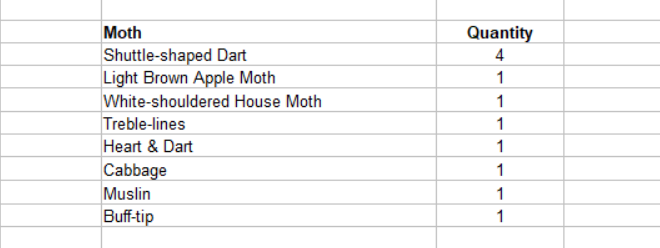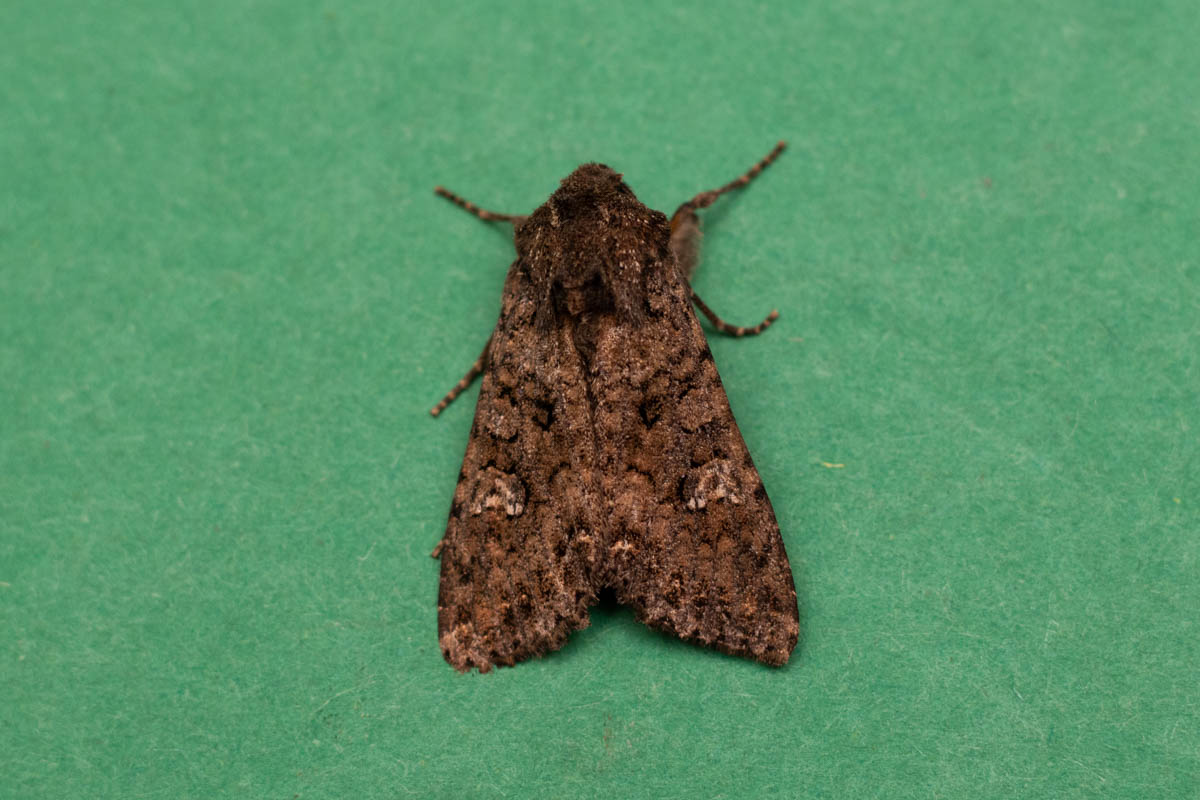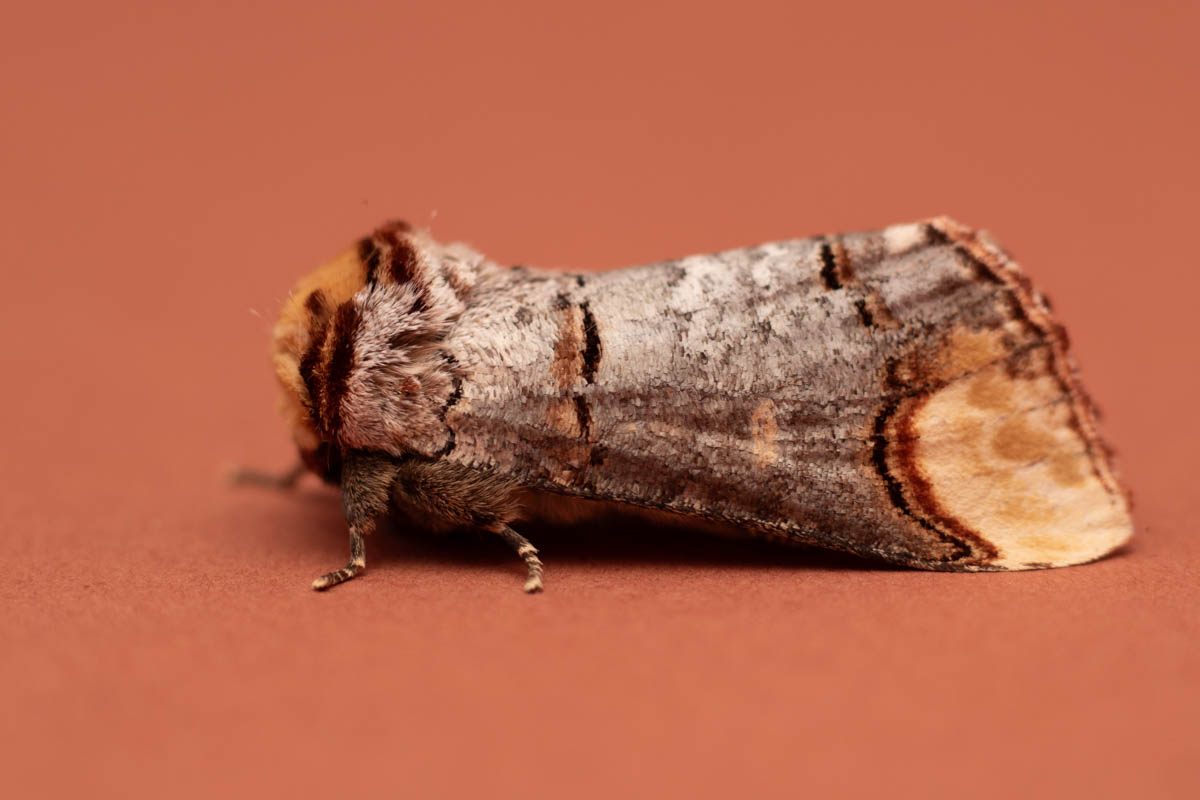Sharing the results from my latest Moth Trap Session. I have written posts about setting up a moth trap and on collecting the results if you want some more background info on how and why I use a Moth Trap 
Date: 3rd May 2025
Weather:
After a few days of unusually warm weather, it has changed a little here in the UK/. I blame mostof that on the change in wind direction. The hot weather was blwn up from the South, and no we have strong notherly winds, which has corresponded with a drop in temperatues.
This means that the highs of 26C we had 3 days ago, is now a high of just 18 today, and with the clear skies, the temps are gonna plummet to single figure tonight.
Other than a brief (and unexpected) thunderstorm on Thursday evening, it is still bone dry out there
My last trapping session was on the
23rd April, and it will be interesting to see how the season has progressed in the last 10 days. The early flowers are in bloom, such as these Bluebells seen above
These are the Spanish Variety, not our native (wild) species
Last time I caught 2 species, and would like to see more than that this time around!
Moth trap set up and ready to go
Lights on, pots at the ready... Here. We. Go!
Results: 11 moths of 8 species
Summary of Results:
Well, that was more productive than expected!
It was a session of 2 halves...
The first half was the evening, I got my trap in place and set up and then I went inside to wait for it to get dark. I ended up talking to my partner for a bit (on Teams as she is still at university) and I was so engrossed in the conversation, that I nearly forgot to turn the trap on in time!
Halfway through our conversation, I looked out the window and noticed that Dusk had already been and gone, and that it was almost nighttime, so I quickly dashed down to turn the light trap on. That was around 9:05pm
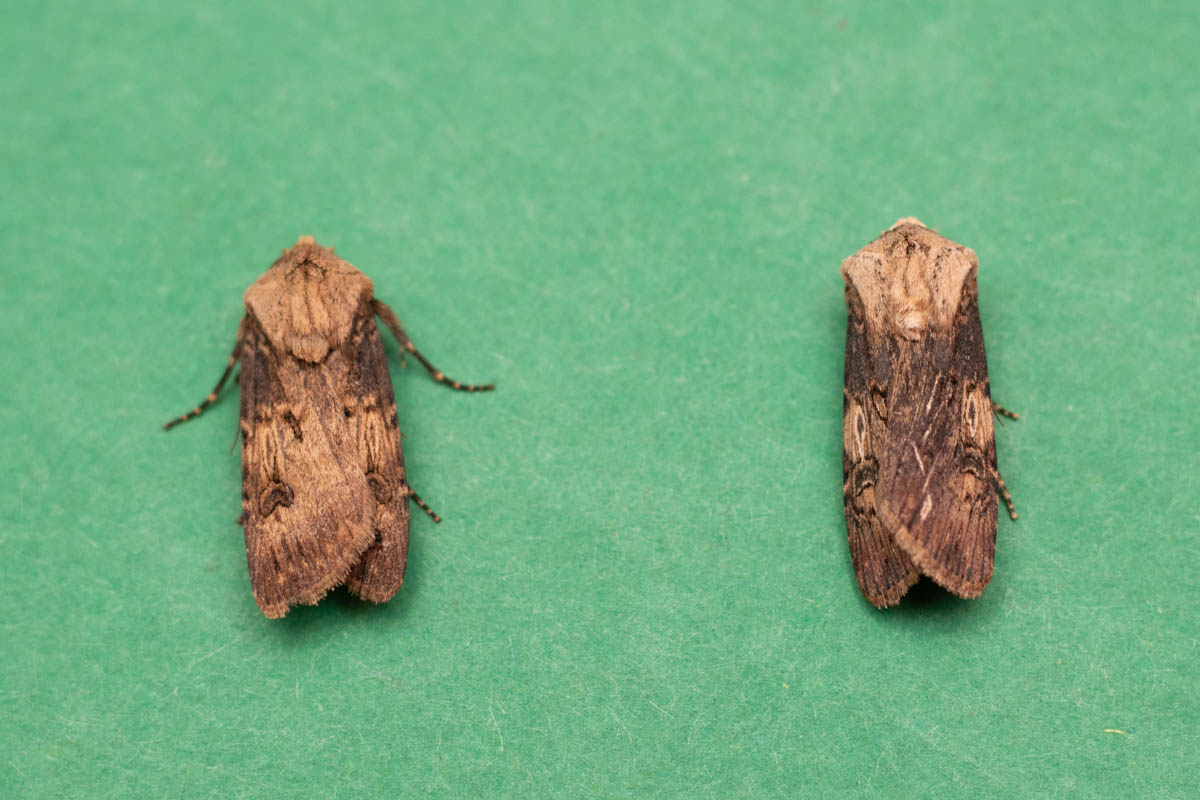
Shuttle-shaped Dart -
Agrotis puta - (male on left, female on right)
I finished of the conversation and bid her goodnight, and then I went to check the trap after 10pm. There was a couple of Shuttle-shaped Darts and a Light Brown Apple Moth, but nothing else overly exciting.
I popped down again at 11:30 and when I checked the trap, I found a Heart & Dart, and Treble Lines, both of which were new for the year
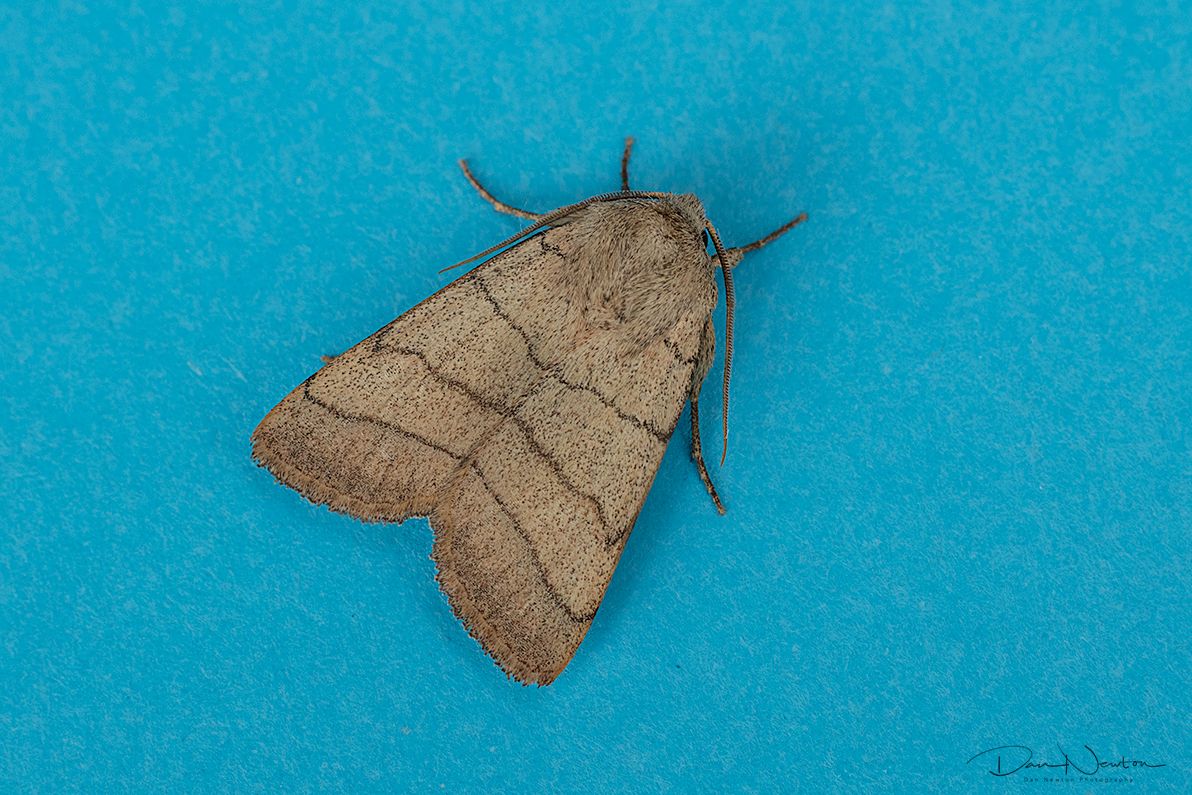
Treble Lines -
Charanyca trigrammica
Now this was more like it!
I also spotted a medium sized moth resting on the wall near the trap:
This species wasn't immediately recognizable
I wondered if it was a Dusky Brocade, or maybe a Large Nutmeg. The Nutmeg was a slightly later flight time (from June onwards) and the markings didn't seem to fully match the Dusky Brocade. This one needed further study, so I potted him up and took him inside. I took a photo, and added the image to a facebook group I am a member of to see if someone more knowledgeable than me could confirm my ID was correct (or advise the correct one)
At this point, it was almost midnight. I was getting a little tired, but didn't want to turn the trap off, in case anything else turned up.
Instead I decided to leave the trap on and go straight to bed, so that I could get up early in the morning to check the trap for anymore visitors
At 5pm, my alarm woke me up, and with my eyes barely opened, I staggered downstairs and opened the back door... on my back door step, to my amazement, was a Buff-Tip!
Buff-tip - Phalera bucephala
These are amazing looking moths. I've only seen this species twice before, once at a local 'moth night' event, and also when out for a walk in a random woodland somewhere. I've never seen this species in my garden before, so this was super exciting!
And, if you look at that moth and think "huh? that looks kinda like a twig!?"
Then you would be correct!
Its a fantastic example of how some moth species use camouflage, the markings look like a small twig from a Silver Birch Tree (as shown in the image below).
In fact, I believe
@trumpman wrote a post about this moth
recently, so go check that out for some more info and a couple of videos too.
And then after all this, I opened the trap itself, and found a couple of Shuttle-shaped Darts in there, along with....
...this Muslin Moth (Diaphora mendica)
I have seen this species in the garden before, but with only 2 previous sightings in the last 6 years, it is not a common occurrence. The species is sexually dimorphic, with the males being a light brown colour, and the females are all white (as shown by the source below)
And as for my mystery Moth?
well, I checked my moth recording Facebook group, and was helpfully provided with a different ID
Ah, of course it is!
In my defence, it is still early in the season after all! I'm still getting my eye in...
But anyway 11 moths of 8 species, it turned out to be a productive session in the end, and I'm so glad I kept it on overnight for once... I wonder what else I miss turning the trap off to early, perhaps next time I should run it overnight again!
What will happen next time? Will it be busy and chaotic? Will it be quieter? Will I find something new to record?
Well, once again, there is only one way to find out!
Notes on Pictures: Since I started moth trapping 5 years ago, I have been slowly building up collection of Library Images. The idea being that once I have taken a picture of a particular species of Moth, I don't need another picture of the same species a year later. It’s a waste of time and energy. I only take pictures of new species, or of moths that are difficult to ID, so I can get the records verified.
While in my care, all individuals are looked after, and after Photographs have been taken, they are all released safely outside.
All names confirmed and checked via
WikispiecesFurther Research from
UK Moths and
NatureSpot Thank you for reading, I hope you found it interesting.
Thank you for reading, I hope you found it interesting.
If you have any thoughts or opinions on this article then I'd love to see your comments.
And if you really like the content then maybe you would like to upvote or re-hive it.

